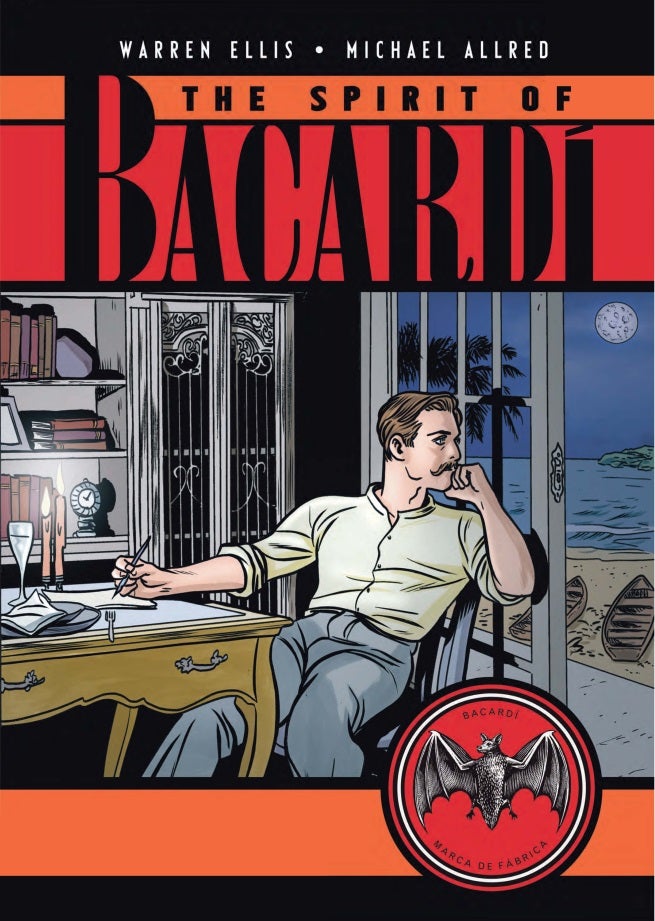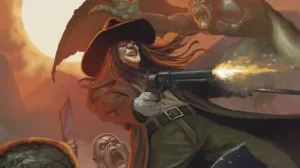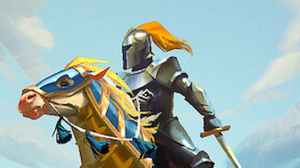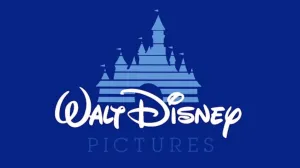
Releasing today as a free digital download, the graphic novel The Spirit of Bacardi tells the story of the man and the family behind Bacardi rum.
Videos by ComicBook.com
The graphic novel was created by writer Warren Ellis and aritist Mike Allred. Ellis is the co-creator of some of the modern era’s most popular and iconic comics, including Transmetropolitan and Planetary, and more recently has had success writing the newly relaunched Moon Knight series for Marvel Comics, and launching a new creator-owned series, Trees, at Image Comics.
Allred has an equally impressive career, creating the indie superhero Madman, and having popular runs as an artist on the Marvel’s X-Statix and the Marvel NOW! iteration of FF. Currently he’s drawing the adventures of Norrin Radd in Silver Surfer.
The Spirit of Bacardi focuses on the life and exploits of Emilio Bacardi, son of Bacardi founder Don Facundo. Turns out there’s a lot of history behind Bacardi’s famous rum.
ComicBook.com reached out to Ellis and and Allred to talk a bit about The Spirit of Bacardi.
It’s not every day that the company known for their rum announces a graphic novel. How did this project come about? How did you become involved?
Warren Ellis: I was approached by Bacardi. What really hooked me was material from the Bacardi Archive, and I found parts of the open letter Emilio wrote between his release from prison and his return to Santiago de Cuba. That fascinated me, and that was my way into the piece.
Mike Allred: Someone from Bacardi pitched the idea to me, and then offered to chance to work with Warren Ellis. Done deal.
As a consumer and a reader, I know Bacardi as a brand of rum and not much else. Why should I be interested in the story of Emilio Bacardi? What makes him an interesting character?
WE: So, Emilio Bacardi. Son of the founder, Don Facundo. Obviously this man could lead a fairly comfortable life. Instead he works with the rebels, helps establish an underground, gets sent to prison (and is lucky not to be shot), comes back, deals with a new occupational force, works them, becomes instrumental in establishing local democracy. What made him interesting was his deeply held sense of what he called “obligation.” He was privileged, he knew it, and he wanted to use it in order to serve. I like that.
Your names are most often associated with science fiction stories, and sometimes superheroes, but here you’re working on historical non-fiction. Was the chance to do something a little out of your wheelhouse, or at least what is perceived as your wheelhouse, part of what drew you to the project?
MA: Absolutely! I like stretching. It always helps my work progress.
WE: Not really. I mean, I did CRECY.
How much did you know about the Bacardi story before you signed on to the project? As you working on it, what did you find most surprising about the character and the story?
WE: I knew nothing of the Bacardi family, and very little about Cuban history, before I began the reading on this, so there were a whole bunch of things that were completely new to me. Which was part of the appeal, because I’m a big history reader and love learning new histories.
MA: I knew absolutely nothing about it. Nothing. But there were two major draws: one, working with Warren which took all the pressure off, and two, the first photo I was shown of Emilio Bacardi which looked like he just stepped off the set of Deadwood. From there I was most impressed with Emilio’s passion for fairness and progress.
Mike, your art is often noted as having a pop-art sensibility. What does your style bring to a period piece like this, and what did you have to have to tweak to fit the setting?
MA: I simply set out to illustrate Warren’s script as faithfully as possible. I had access to Bacardi’s archives and it became very comfortable for me.
WE: You know Mike’s work. Mike can draw anything.
The story takes place in the late 19th century/early 20th century. What kind of research was required to bring that time period to life?
WE: A fair bit, but the Bacardi Archive provided most of what I needed, with some judicious googling filling in the edges.
MA: I had a huge head start because I’ve been researching the 1800s into the 20th century for years, inspired by my Great Great Grandfather’s Journals of his pioneering west from New York. And the Bacardi gave me what they had. It made everything very easy and natural.
The Spirit of Bacardi graphic novel is available now as a free digital download at the Bacardi website.








